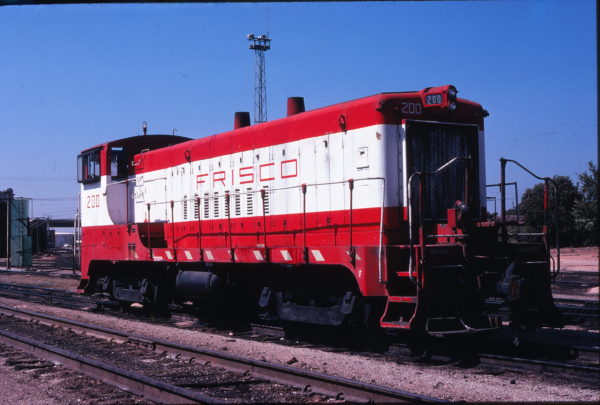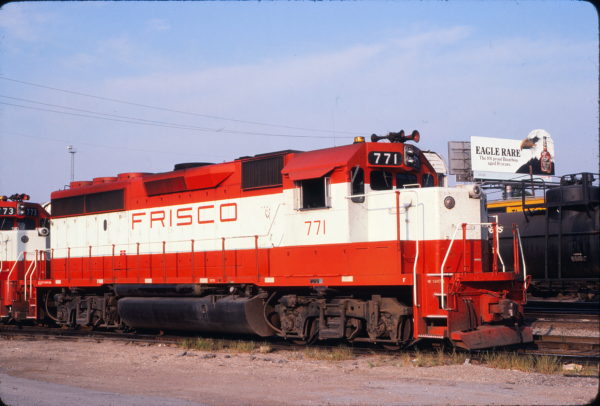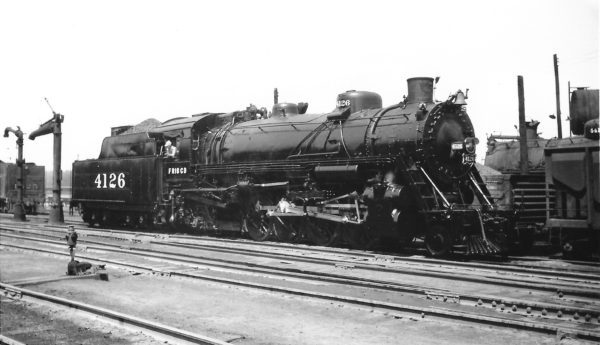
VO-1000m 200 at Springfield, Missouri in September 1978.

GP40-2 771 at St. Louis, Missouri on August 31, 1980 (David Johnston).
Who’s up for another taste of Eagle Rare Bourbon?

2-8-2 4126 just out of the shops at Springfield, Missouri on September 14, 1947 (Arthur B. Johnson).